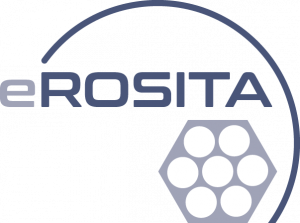Future X-ray Missions
Remeis Observatory is strongly engaged in the development of future X-ray missions by contributing with software development and performing end-to-end simulations of the detector performance. The simulations are used, for example, to study eROSITA‘s instrument performance and to provide valuable input for the development of ATHENA’s optics and instruments. Besides our active role in developing detectors for planned missions, we also take part in several studies for proposed missions such as LOFT, eXTP, Star-X, or Arcus.

(Image Credit: ESA)

(Credit: MPE/NASA/ESA)
End-to-end Detector Simulations
The software to perform these simulations, called SIXTE (SImulations of X-ray TElescopes), is also maintained and developed here. It produces simulated event files in the same format as real X-ray data, thus allowing performance studies of both instruments and data analysis software.

(Remeis Observatory & ECAP)
SIXTE simulates the full detection chain for an astronomical instrument, from the astrophysical source through the imaging and detection process to the final data product. The source input is defined in the SIMPUT format, for which we also provide software tools. SIXTE uses these input files along with instrument specific information and data to predict the detector’s output. With this software it is possible to simulate both a full all-sky survey of eROSITA as well as individual detector effects such as charge clouds in CCD detectors or the detailed pulse shapes produced by a photon hitting a TES (Transition Edge Sensor) microcalorimeter on the Athena X-IFU detector. More information on the simulator can be found on the SIXTE homepage.
Simulation web-interfaces
For a part of the missions studied at the Remeis Observatory, we provide web-interfaces in order to allow fast simulations for users without installing any software. The following web-interfaces are currently provided:



![]()



